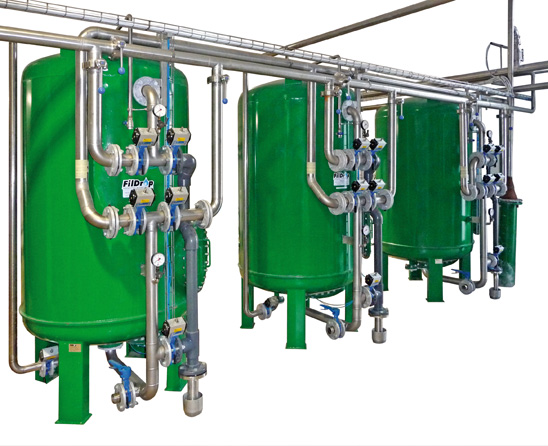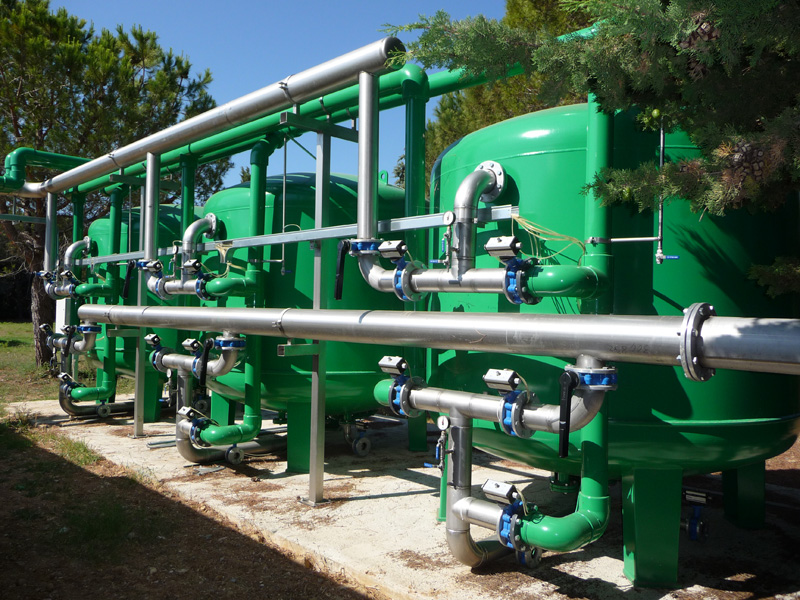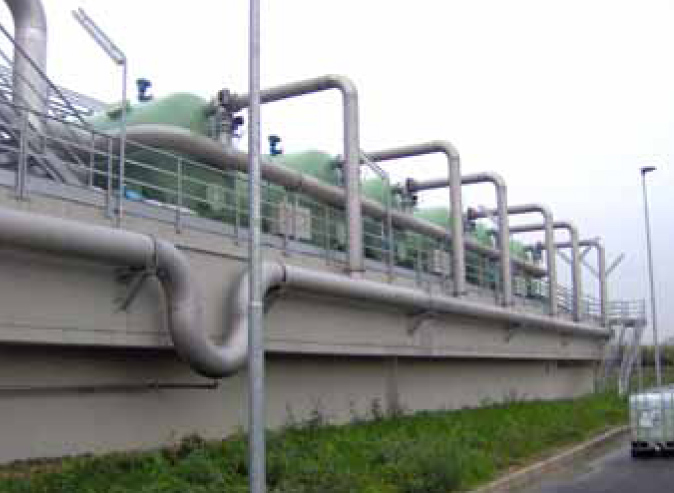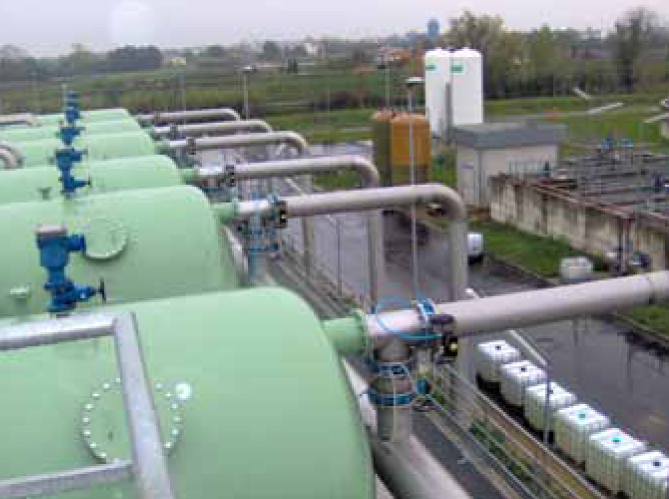Industrial filtration

The most significant treatment of water by purely mechanical or semi-mechanical action is called filtration.
There are different kinds of impurities suspended in water, especially present are sand, lime, iron oxide and minute bodies of various sizes and quantities, in addi- tion to unpleasant smells and taste, all of which render the water unfit for various uses.
These problems can be dealt with via a suitable filtration treatment, in some cases assisted by a process of oxidation and/or coagulation.
The final quality level of the water and the quantity and nature of impurities present are the parameters that render the principal of filtration, itself a simple process, subject to rules and vague laws, insofar as it involves the application of chemistry, physics and mechanics. All this means a continuous compromise between the qua- lity and quantity of the filtered water. Reaching the point of equilibrium betwe- en these two parameters is the aim on which the design of the filter and the choice of the filter media are based.
Filter media
The choice of filter media type must be made according to the specific use, taking into account the quality and the level of impurities to eliminate, the iron and manganese content, the smells, colours and tastes present.
Among the vast range of filtering means there are:
Quartziferous sands
Sands containing dried and screened quartz shards with an SiO2 content of 95%, suitable for the elimination of cloudiness and suspended particles to 50µm.
Activated carbon
Activated carbon is of vegetable or mineral origin, microporous, obtained from peat, wood, lignite or coal.The activation is obtained via steam or a chemical process.The result of the activation process consists in developing apertures of molecular dimensions which, together, constitute the base of an enormous internal surface area.The carbon atoms inside the activated carbon surface attract the surrounding molecules of liquid and gas, via the so-called van der Waals force. The intensity of this action depends on the kind of molecule in the surrounding media. Certain molecules are strongly attracted, while others less so.This phenomenon constitutes the basis of the mechanism that allows the activated carbon to separate the various components of the mixture.
Deferrizing zeolite
Filter media composed of granular mineral material that contains an insoluble catalyst with a strong oxidizing action, which, in the form of hydroxides, causes the iron and the manganese present in the water undergoing treatment to precipitate. Depending on the kind of filter bed used, a preliminary oxidizing action may be necessary.



